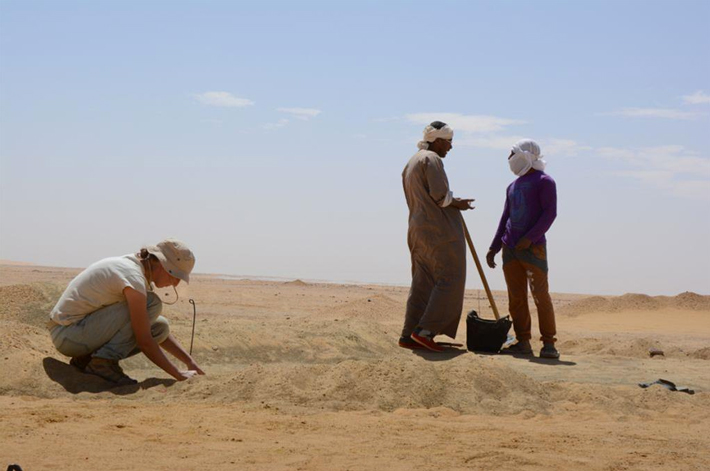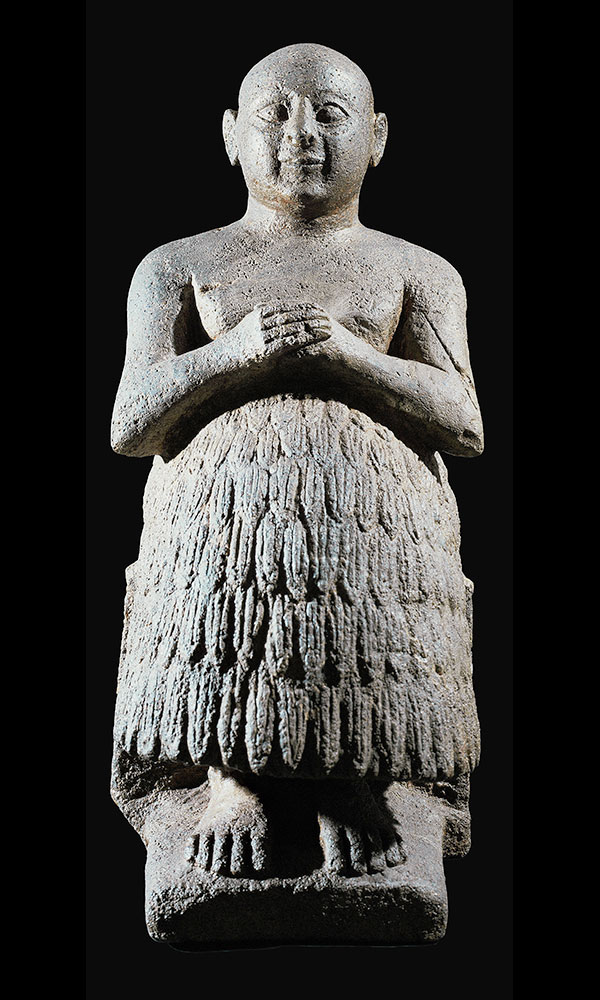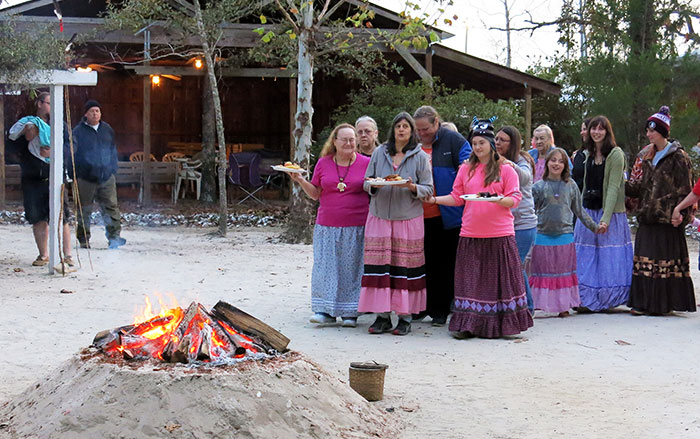
GEBEL RAMLAH, EGYPT—Polish archaeologists excavating in Egypt's Western Desert around a now-dried lake have unearthed a number of Neolithic sites dating from 11,000 to 7,000 years ago, allowing them to track cultural changes during the period, reports Science & Scholarship in Poland. In addition to evidence for small settlements and a number of cemeteries, the researchers discovered a large ochre-making workshop where people processed hematite into the red dye, which was used for clothing and also sprinkled into the graves in nearby cemeteries. "The most important conclusion after a few seasons of the research is this: the people had very diverse burial rites," says archaeologist Jacek Kabacinski, the expedition leader. "This suggests that perhaps we are dealing with different, independent groups of people who had used a very limited area for funeral purposes." Kabacinski speculates that when the climate grew drier toward the end of the Neolithic period and the lake became seasonal, people were forced into greater mobility, taking their flocks from watering hole to watering hole, which indirectly led to contact with more far-flung communities. To read in-depth about this period in Europe, go to "The Neolithic Toolkit."











